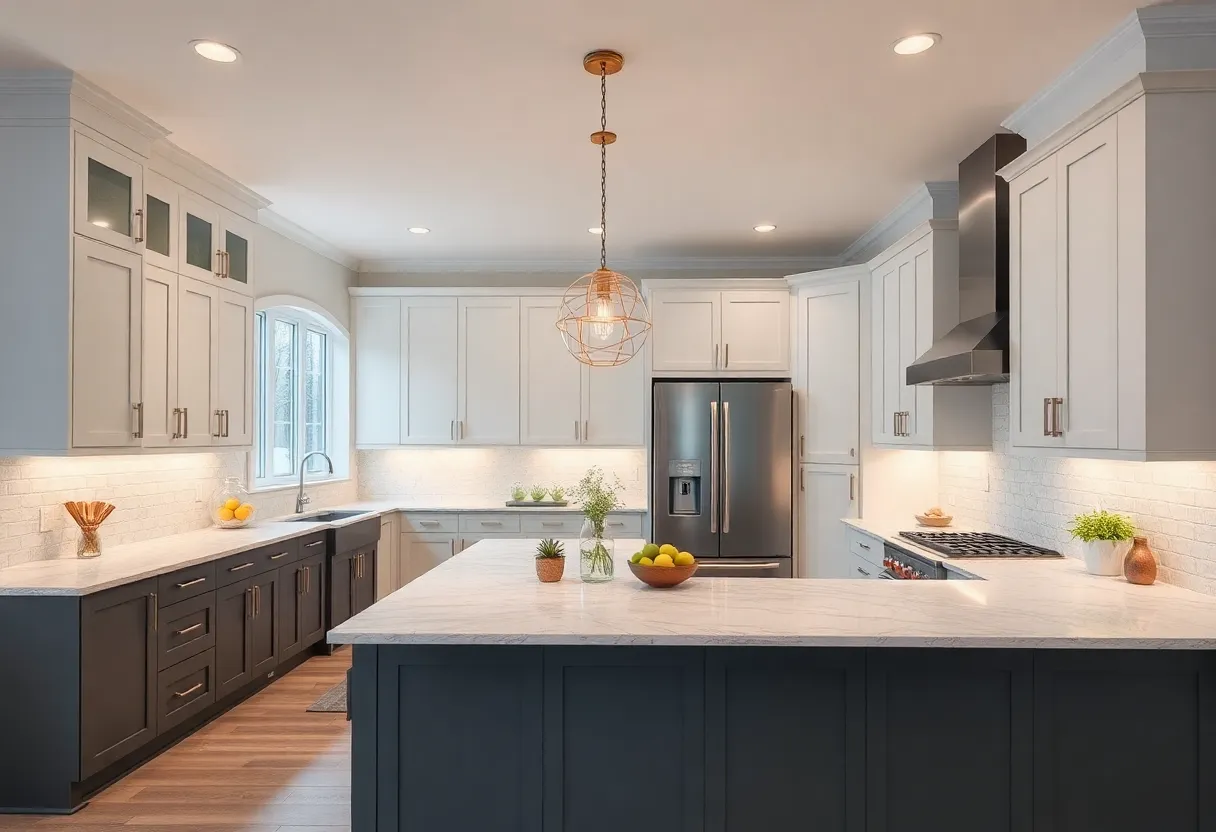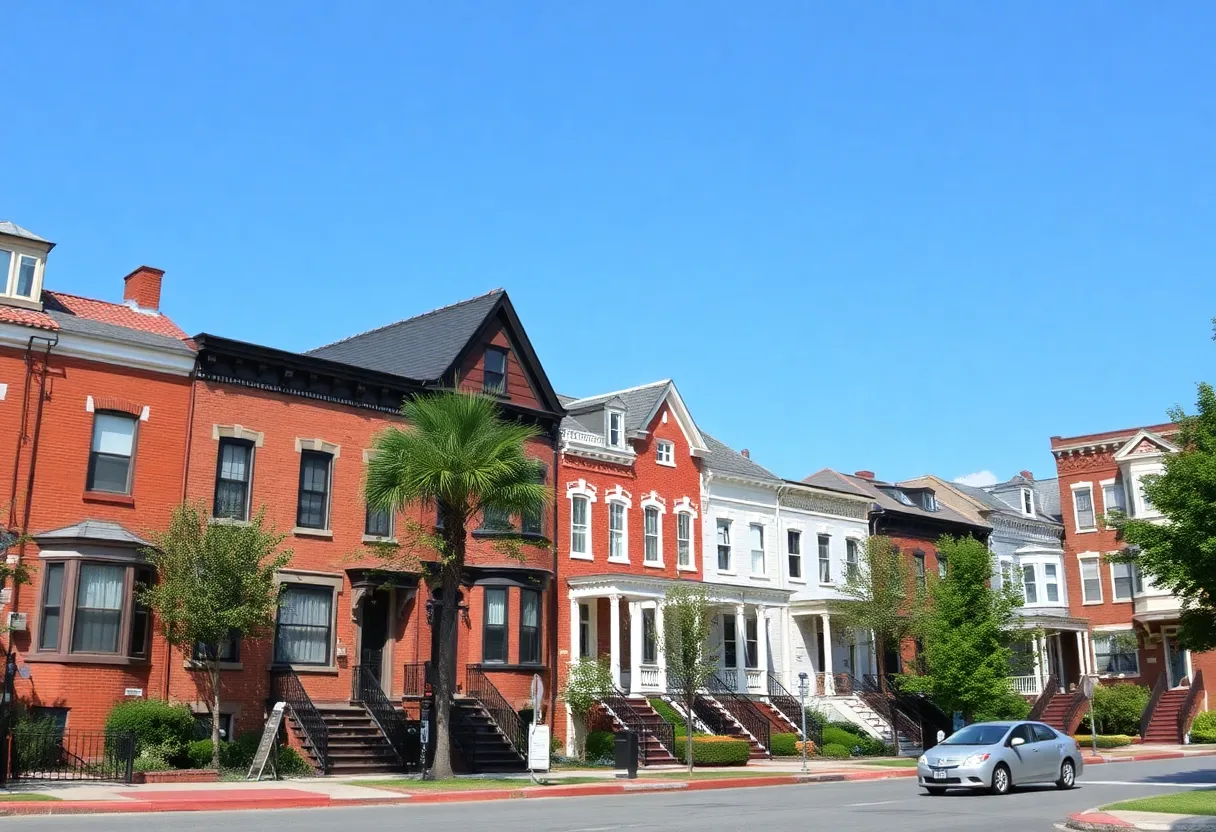What Are the Key Considerations for Designing Your Dream Kitchen in a Home Remodel?
Designing a *dream kitchen* during a home remodel requires meticulous planning and strategic decision-making. The kitchen isn’t just a cooking space—it’s a central hub for family gatherings, social interactions, and daily routines. A well-designed kitchen must balance functionality, aesthetics, and future flexibility. This article explores the critical considerations that underpin successful kitchen design, ensuring your remodel results in a space that truly meets your needs.
Understanding Your Lifestyle and Needs
Assessing Daily Routines and Usage
Before selecting materials or layout configurations, evaluate how your household interacts with the kitchen. Do you often entertain guests? Is cooking a daily ritual or a weekend activity? Are there children or elderly family members with specific accessibility needs? Identifying these factors guides functional priorities such as countertop height, storage solutions, and appliance placement.
Anticipating Future Changes
Consider potential lifestyle shifts. Is your family planning to expand? Will aging-in-place modifications be necessary? Design with adaptability in mind, allowing for easy updates or modifications without extensive renovation costs later.
Optimizing Kitchen Layout and Space Planning
The Importance of Functional Workflow
A core element of kitchen design is establishing a streamlined workflow. The classic Work Triangle concept connects the refrigerator, sink, and stove to minimize movement and maximize efficiency. Modern interpretations expand this model to include prep zones and secondary workspaces, especially in large or open-concept kitchens.
Choosing the Right Layout
Common kitchen layouts include U-shape, L-shape, galley, and peninsula configurations. Select a layout based on available space, household size, and desired Functionality:
- U-shaped kitchens provide ample storage and work surfaces. Ideal for large families.
- L-shaped layouts maximize corner space, suitable for open plans.
- Galley kitchens are efficient for small spaces but may feel cramped.
- Peninsula or island designs promote social interactions and workspace flexibility.
Maximizing Space and Storage
Use vertical storage, deep cabinets, and innovative organizational systems to optimize limited space. Incorporate tall cabinets reaching ceiling height, pull-out shelves, and drawer dividers. Design with خیال مناسب در نظر بگیرید جهت دستهبندی منظم وسایل و کاهش clutter. Proper storage solutions mitigate the need for excessive counter clutter and enhance workflow efficiency.
Selecting Appliances and Fixtures
Appliance Planning
Base decisions on your cooking habits and preferences:
- Size and capacity: Larger families need bigger refrigerators and dishwashers.
- Energy efficiency: Opt for models with high energy ratings to reduce long-term costs.
- Special features: Consider convection ovens, smart appliances, and integrated microwaves for enhanced convenience.
Choosing Fixtures and Fittings
Fixtures influence both functionality and design aesthetic:
- Sink selection: Deep, double-basin sinks facilitate multitasking.
- Faucets: Go for durability and ease of use, with pull-out or touchless features.
- Lighting fixtures: Combine task, ambient, and accent lighting. Under-cabinet lights improve workspace visibility.
- Countertops: Select materials based on durability, maintenance, and visual appeal—granite, quartz, or solid surface are popular choices.
Defining Aesthetic and Material Choices
Material Durability and Maintenance
Choose surfaces that align with your lifestyle. High-traffic kitchens benefit from scratch- and stain-resistant materials like quartz countertops and ceramic tiles. For a low-maintenance solution, engineered stone or laminate may be preferable.
Color Schemes and Styles
Popular styles range from modern minimalism to rustic charm. Use color to *set the tone*—neutral palettes create a timeless look; bold hues add vibrancy. Balance aesthetics with practicality to ensure your choices age well.
Cabinetry and Hardware
Cabinet styles impact visual flow. Shaker, flat-panel, or ornate designs offer diverse aesthetics. Hardware should complement the overall style—sleek pulls for modern; vintage handles for traditional. Hardware ease of use and durability are paramount.
Lighting Design for Functionality and Ambiance
Task Lighting
Positioned directly over work areas, task lights improve precision and safety. Under-cabinet LEDs are highly effective in illuminating countertops.
Ambient Lighting
Overhead fixtures, recessed lights, or chandeliers set the overall mood. Use dimmers to control light levels tailored to activities.
Accent Lighting
Highlight architectural features or display elements such as glass cabinets or artwork, adding depth to the space.
Considering Ventilation and Environmental Factors
Range Hoods and Exhaust Systems
Proper ventilation is critical to remove cooking odors, moisture, and airborne grease. Select a range hood capable of adequate airflow for your stove size. Install balancers and filters for efficiency.
Natural Ventilation and Daylight
If possible, incorporate windows or skylights to enhance natural light and air circulation. Well-placed windows improve energy efficiency and make the space more inviting.
Addressing Accessibility and Safety
Ergonomics
Design work surfaces at appropriate heights. Use pull-out shelves, lever handles, and touchless fixtures to accommodate different needs and increase safety.
Safety Considerations
Ensure proper placement of electrical outlets, anti-slip flooring, and fire safety equipment. Use child-proof locks and safety gates if necessary.
Planning for Sustainability and Energy Efficiency
Eco-friendly Materials
Opt for sustainably sourced wood, recycled materials, and low-VOC paints. These choices reduce environmental impact and improve indoor air quality.
Energy-saving Technologies
Install energy-efficient appliances, LED lighting, and smart controls. An energy-conscious design reduces utility bills and environmental footprint over time.
Budgeting and Cost Management
Setting a Realistic Budget
Determine priorities and allocate funds accordingly. High-impact features like cabinetry or appliances often justify higher investments.
Cost-saving Strategies
Consider modular components, pre-fabricated cabinets, or DIY options for minor tasks. Always account for unexpected expenses, typically 10-20% of the total budget.
Partnering with Professionals
Design Experts and Contractors
Work with experienced kitchen designers or architects to develop a cohesive plan. Skilled contractors can ensure quality workmanship and adherence to blueprints.
Permits and Regulations
Obtain necessary permits early to avoid delays. Ensure compliance with local building codes, especially for electrical, plumbing, and structural changes.
Conclusion
Designing your *dream kitchen* during a home remodel involves cautious planning around space, layout, materials, and personal needs. Prioritize functionality along with aesthetic appeal to create a space that is both beautiful and practical. Remember—your kitchen should serve your lifestyle today and adapt to your future needs. Invest thoughtfully; the result will be a centerpiece of your home for years to come.
Author: STAFF HERE BALTIMORE WRITER
The BALTIMORE STAFF WRITER represents the experienced team at HEREBaltimore.com, your go-to source for actionable local news and information in Baltimore, Baltimore County, and beyond. Specializing in "news you can use," we cover essential topics like product reviews for personal and business needs, local business directories, politics, real estate trends, neighborhood insights, and state news affecting the area—with deep expertise drawn from years of dedicated reporting and strong community input, including local press releases and business updates. We deliver top reporting on high-value events such as the Baltimore Book Festival, Preakness Stakes, and Artscape. Our coverage extends to key organizations like the Baltimore Chamber of Commerce and Visit Baltimore, plus leading businesses in shipping and healthcare that power the local economy such as the Port of Baltimore and Johns Hopkins Medicine. As part of the broader HERE network, we provide comprehensive, credible insights into Maryland's dynamic landscape.





